


Get all the latest science news, opinions, and analysis delivered straight to your inbox every weekday with Nature's daily newsletter. Stay up to date on the newest developments in various fields of science, from biology to technology, and never miss a beat with this essential round-up. Plus, with both online and print options, Nature's newsletter provides convenient access for all readers. Don't fall behind on the latest advancements in the scientific world – sign up for Nature's daily newsletter today.
Nature's Campaign: Unlocking the Power of Science through Daily Updates
Background and Overview
Nature, one of the world's leading scientific journals, launched its daily newsletter to provide readers with timely and comprehensive coverage of the latest scientific advancements. The newsletter aims to empower subscribers with up-to-date knowledge across various scientific disciplines, ranging from biology to technology.
Features and Benefits
Top 5 FAQs and Answers
1. What is the cost of subscribing to Nature's daily newsletter? Nature's daily newsletter is free to subscribe to.
2. How do I sign up for the newsletter? You can sign up for the newsletter on Nature's website: https://www.nature.com/news/signup-for-the-nature-daily-email
3. Can I choose which topics I want to receive updates on? Currently, the newsletter covers all scientific disciplines and does not allow for topic customization.
4. Is the newsletter available in other languages besides English? The newsletter is currently available in English only.
5. How can I access past issues of the newsletter? Past issues of the newsletter are available on Nature's website: https://www.nature.com/nature/news/news-and-views
Conclusion
Nature's daily newsletter is an invaluable resource for anyone interested in staying up-to-date on the latest scientific advancements. Its comprehensive coverage, expert insights, and convenient delivery make it a must-have for students, researchers, and anyone curious about the world around us.

Recent events have sparked conversations among leading geophysicists about the risk of earthquakes in Vietnam, despite the country not being situated on major tectonic belts. Although the likelihood of catastrophic earthquakes is low, Vietnam still faces the potential for significant seismic activity, particularly in the northwest region. With the presence of multiple geological fault lines, some capable of producing earthquakes with magnitudes up to seven, experts urge for seismic hazard assessments and preparedness measures to mitigate potential damage.
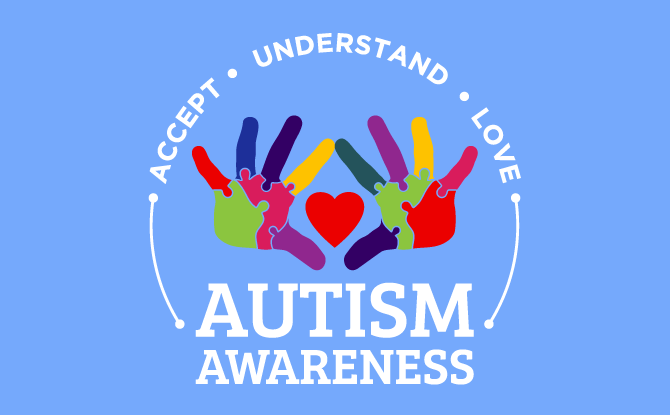
On April 2, the world recognizes World Autism Awareness Day, bringing attention to the challenges faced by individuals with autism. The term "autism" was first introduced in 1911 and has been further defined and understood since then. As a wide range of developmental disorders, each diagnosis is unique, making it important to understand and support those on the spectrum. This day aims to raise awareness and promote understanding and support for individuals and their families.

In light of World Autism Awareness Day, experts, including a paediatric neurologist and a RCI-certified special educator, discuss the role of technology in assisting children with Autism Spectrum Disorder (ASD). They highlight the benefits of alternative communication devices, which can aid non-verbal children in expressing their emotions effectively. Furthermore, they share insights on the various technological tools and interventions that can enhance the learning and development of children with ASD.
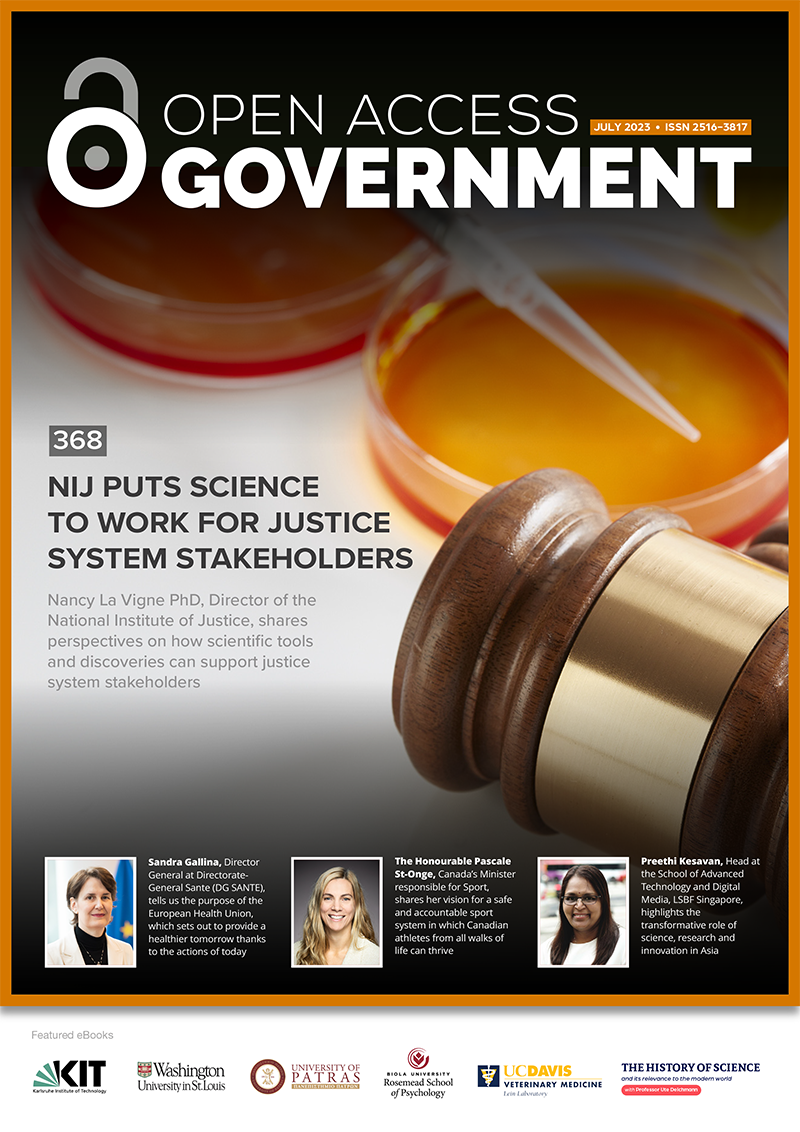
With a wide range of publications, eBooks, and research articles, Open Access Government is a pioneering platform that shares relevant and comprehensive information on health, workplace, digital transformation, and other critical topics. As a Crossref Sponsored Member, the platform connects research content across the globe, strengthening the research communication network. With an impressive membership of over 20,000 organizations from 160 countries and support for billions of API queries, Crossref plays a significant role in promoting a collaborative and innovative research environment.

The use of ketamine as a treatment for depression has gained attention after Tesla and SpaceX CEO Elon Musk revealed that he uses the drug every other week. Derived from PCP, ketamine is a Schedule X drug that is regulated and monitored in India by prescribing doctors. While it has shown promise in managing mental health conditions, the euphoric effects of ketamine can lead to addiction if not supervised by a doctor.
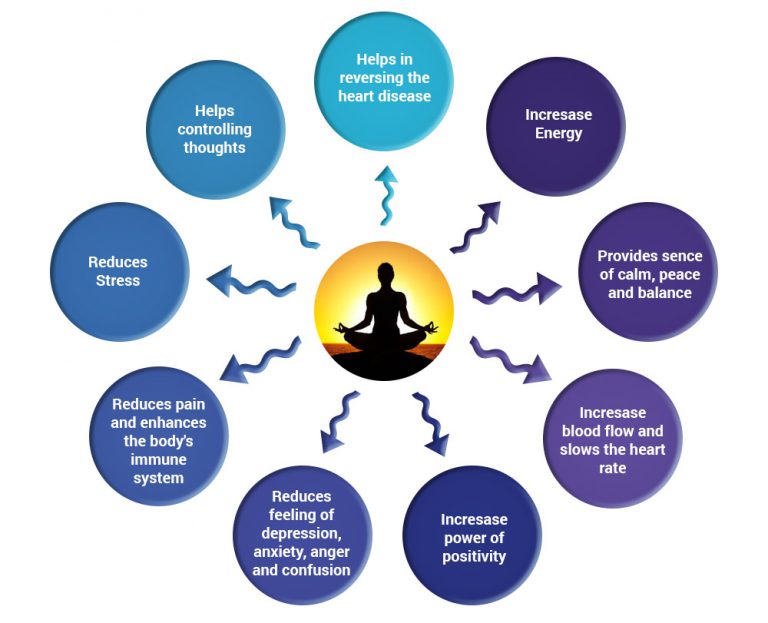
A personal journey of discovering the true meaning of meditation leads to the realization of the role of Pranayama in enhancing the practice. Pranayama not only calms the mind and reduces thoughts, but also acts as a bridge between universal energy and ourselves, leading to a deeper connection in meditation. However, the importance of proper breath regulation and caution during kumbhaka is emphasized to avoid potential dangers and achieve optimal results in meditation.

Medindia, a leading health information website, has launched a new feature called Health Watch which aims to provide accurate and informative content on various health-related topics. The feature will include articles, e-books and consultations with qualified physicians, making it a one-stop destination for medical information. This initiative by Medindia is set to revolutionize the way people access and use health-related information, ensuring they have access to reliable and trustworthy sources for their health needs.
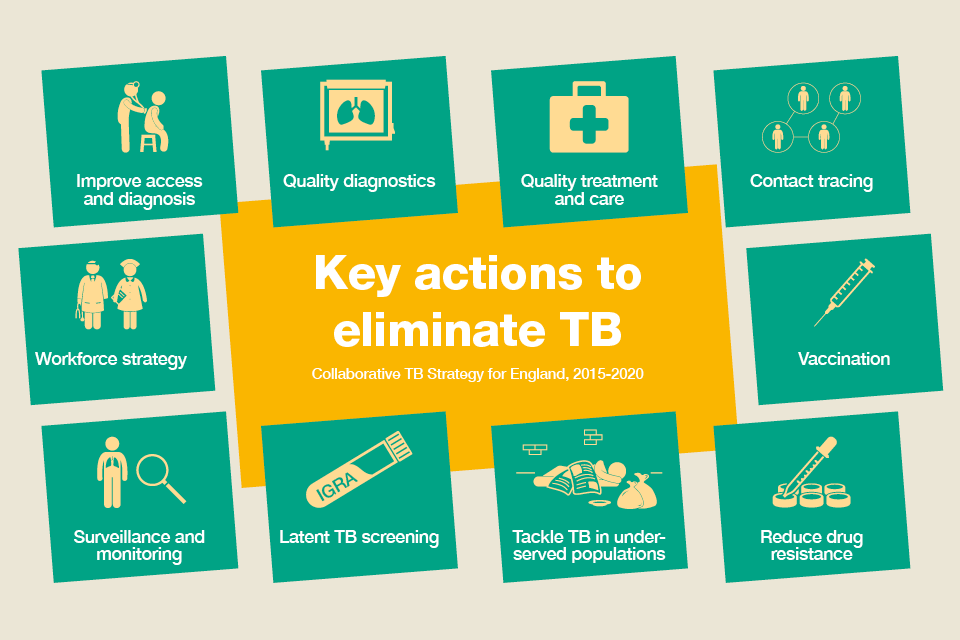
In the fight against tuberculosis, preventing the disease is just as important as treating it. According to Dr. Shweta Bansal of Artemis Hospitals, improving your immune system through diet, air quality, hygiene, and managing stress can significantly reduce your risk of TB. Her advice to avoid processed foods, maintain good hygiene, and get enough rest and relaxation serves as a crucial reminder to prioritize our overall health in preventing diseases like tuberculosis.
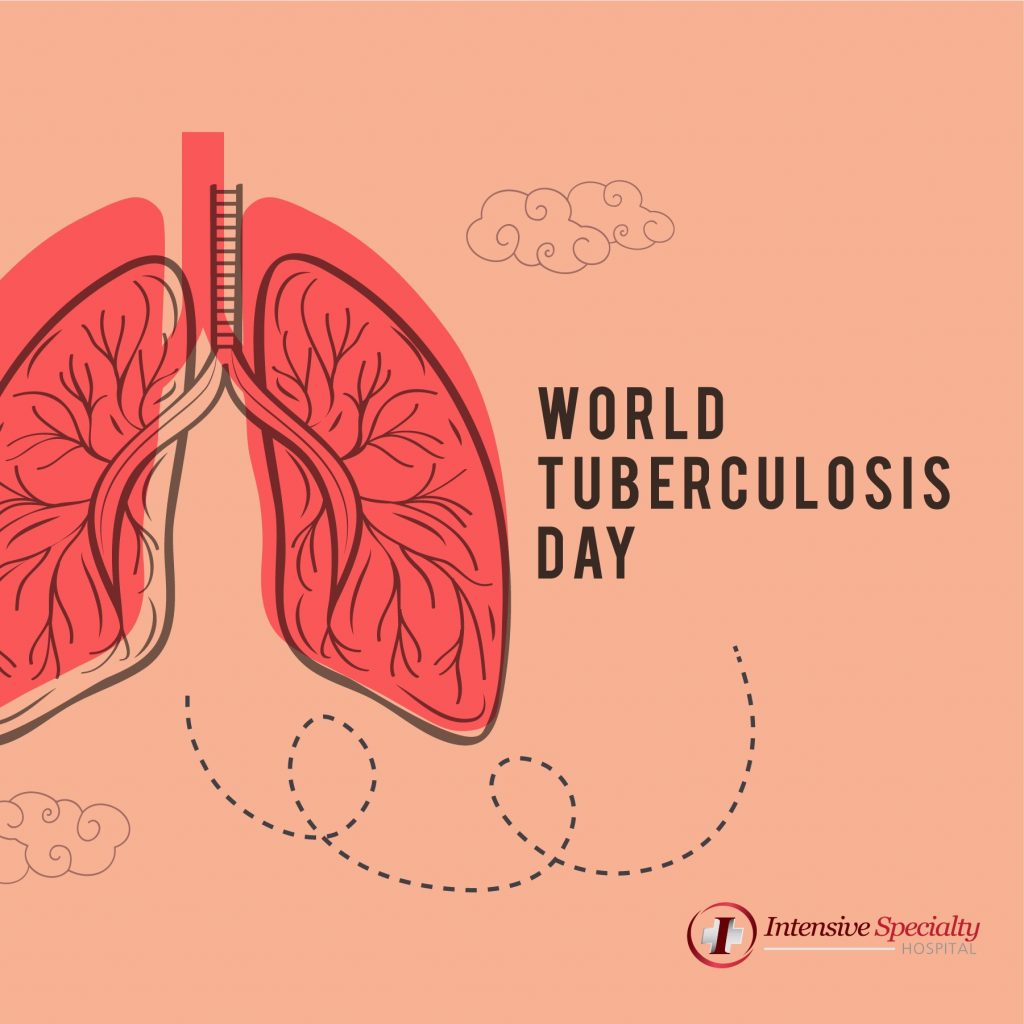
Every year, March 24 is observed around the world as World Tuberculosis Day to raise awareness about the ongoing fight against TB. This year's theme is "Yes! We Can End TB: Commit, Invest, Deliver," highlighting the crucial role of sustained commitment, financial investment, and effective interventions in eradicating this deadly disease. This day holds historical significance, dating back to 1882 when Dr. Robert Koch discovered the bacterium responsible for TB. Join India and the rest of the world in commemorating this day and working towards a TB-free future.

On World Tuberculosis Day 2025, learn about the symptoms of TB and how you can reduce your risk. The theme for this year's World TB Day is "Yes! We Can End TB", highlighting the collective effort needed to eliminate this disease. Prime Minister Narendra Modi has pledged to make India TB-free by 2025, ahead of the global target.